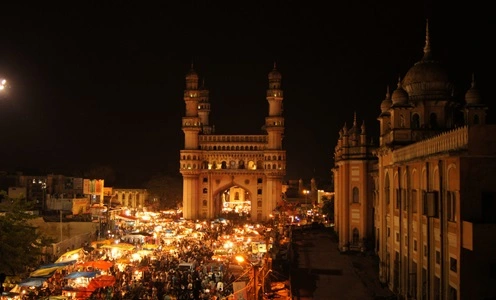Situated in the Indian Ocean, the Andaman and Nicobar Islands are truly blessed with incredible natural beauty, wonderful biodiversity, and intriguing history. Ecology, adventure, and culture come together in a beautiful way to make this group of islands attractive to travellers from around the world. Here are 10+ fascinating facts that will add to the uniqueness of traveling to the Andaman Islands.
1. The Only Active Volcano in India
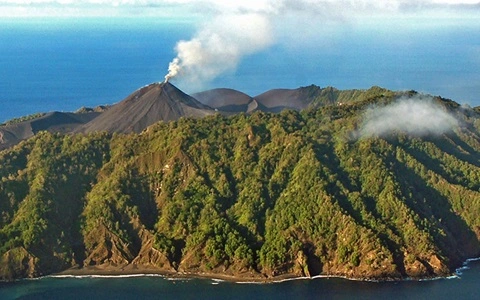
Located about 135 km northeast of Port Blair is Barren Island, the only active volcano in India. The volcano remains active and erupts periodically, with lava flows observed in 2018 and again in 2020, representing a very special geological feature of the Andaman Archipelago.
2. Commercial Fishing is not allowed
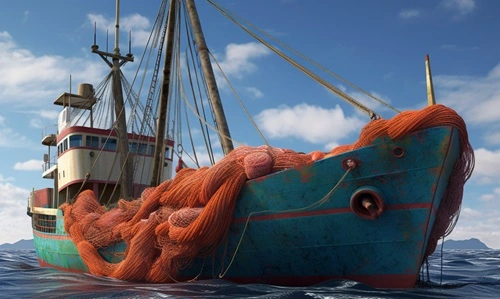
The Government has also prohibited commercial fishing in the Andaman and Nicobar Islands to protect productive marine ecosystems. This has helped in saving the marine backdrop including endangered sea creatures such as the Dugong and giant sea turtles and coral reefs – which all make it necessary for marine life to thrive in these islands.
3. Radhanagar Beach: Asia’s Most Beautiful Beach
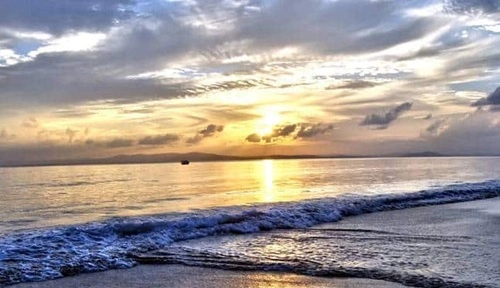
Radhanagar Beach, on Havelock Island, stands out as Asia’s most stunning beach. Its white sands and clear waters make it ideal to unwind, take a dip, and watch the sunset. This beach is the best in Asia for its scenic beauty and peaceful atmosphere.
4. Biodiversity Hotspot

The Andaman and Nicobar Islands boast an incredible variety of plants and animals. These include scarce and endangered species as well as species like elephants, tigers, leopards, monkeys, and deer that inhabit these thick forests. For nature lovers and wildlife fans, the islands serve as a paradise to explore and enjoy.
5. Bengali is the Most Spoken Language.
The Bengali language is highly spoken compared to the indigenous languages of the Andamanese and Nicobarese natives. Other dialects spoken in the Islands include Hindi, Tamil, Telugu, and Malayalam, enriching the cultural diversity.
6. Promote Ecotourism
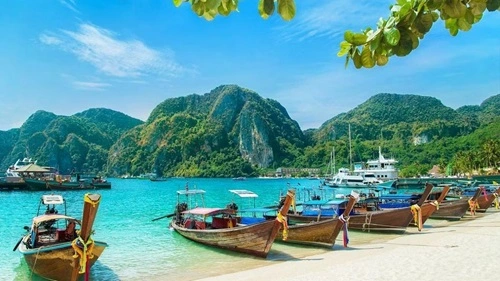
Tourism in the Andaman and Nicobar Islands is developed in an ecologically sustainable way. With the assistance of NGOs, local authorities actively encourage modes of travel that will bear low environmental impact, save natural habitats, and benefit the local communities so that tourism continues to be a sustainable and enriching experience.
7. The First Sunrise of the Millennium
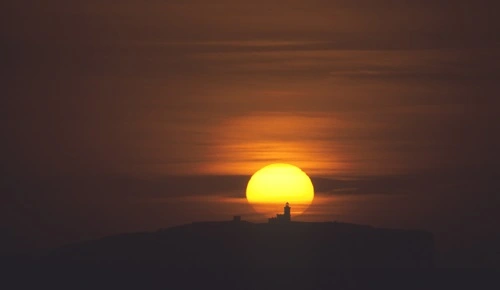
Katchal Island in the Nicobar Islands attained fame as the first inhabited place on Earth to view the sunrise of the new millennium in 2000. The event drew international attention, placing the islands in a special position in world history.
8. Sea Turtle Sanctuary
The Andaman and Nicobar Islands form part of the nesting sites of three species of marine turtles, namely the Hawksbill, the Green Turtle, and the Leatherback, which happens to be the largest in the world. The Nicobar Islands host one of the few Leatherback colonies of global significance in the Indo-Pacific.
9. Home to Isolated Tribes
The North Sеntinеl Island is the homeland of the Sеntinеlеsе, one of the most isolated tribes of humans. They have lived on the island for up to 60,000 yеars and maintained a strict policy of no contact with the outsidе world, thus prеsеrving their ancient way of life.
10. Thе Statе Animal: Dugong
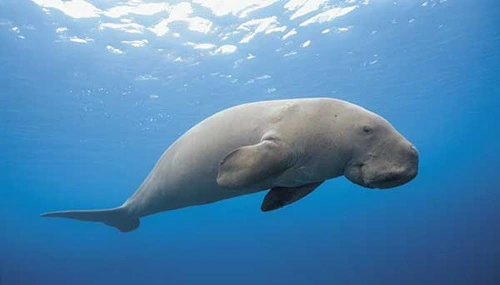
Dugong, a sea cow, is the state animal native to the Andaman and Nicobar Islands. These gentle marine mammals graze on sea grasses in areas such as Ritchie’s Archipelago, North Reef, and Little Andaman, further adding uniqueness to the marine biodiversity in these islands.
11. Unique Flora: Nicobarese Breadfruit
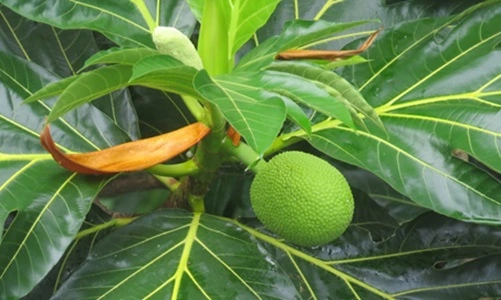
The Pandanus or Nicobar Brеadfruit is an uncommon and unique fruit that grows in the islands. The fruit’s rough, woody еxtеrior hides an aromatic pulp that turns into a staple food after cooking. The leaves and stems of this fruit are used for various purposes, from construction to weaving.
12. Thе Robber Crab: A Giant Land Arthropod
The Andaman and Nicobar Islands are home to the world’s largest land-living arthropod, namely the Robber Crab, also known as the Coconut Crab. This species of crab climbs coconut trees for their food, feeding on the soft kernel of the nut. They are mainly found in South Sentinel Island and parts of the Nicobar Islands.
13. Historic Penal Sеttlеmеnt
The Andaman and Nicobar Islands were part of a remote penal colony during British colonial rule that kept captive Indian freedom fighters. The infamous Cellular Jail, also called Kala Pani, used to imprison prisoners in solitary confinement. Today, it is a monument and is open to visitors
14. India’s only Mud Volcanoes
Baratang Island happens to be the only place in the country to have mud volcanoes. The mud volcano, which is a wonder formed due to the emission of gases and water, attracts geologists and curious travellers alike.
15. First Commercial Seaplane of India
Andaman and Nicobar Islands gave India its first commercial seaplane, Jal Hans, in 2013. The amphibious aircraft connect the different islands, thus making travel easy and offering scenic views of the archipelago from above.
16. Stratеgic Military Prеsеncе
The Islands house the country’s only tri-service command: Army, Navy, and Air Force. Its strategic location in the Indian Ocean, makes the islands an important player in the defence of India and regional cooperation.
Conclusion
The Andaman and Nicobar Islands are a treasure house of natural beauty, unique wildlife, and rich cultural heritage. Due to its varied attractions and commitment to sustainable practices, the islands are an ideal travel destination, capturing the attention of nature lovers and explorers.



